10 Best Life Sciences Interviews of 2017
From cancer cells to ocean microbes to Zika virus: Read the interviews that made the most impact in 2017
3 Jan 2018
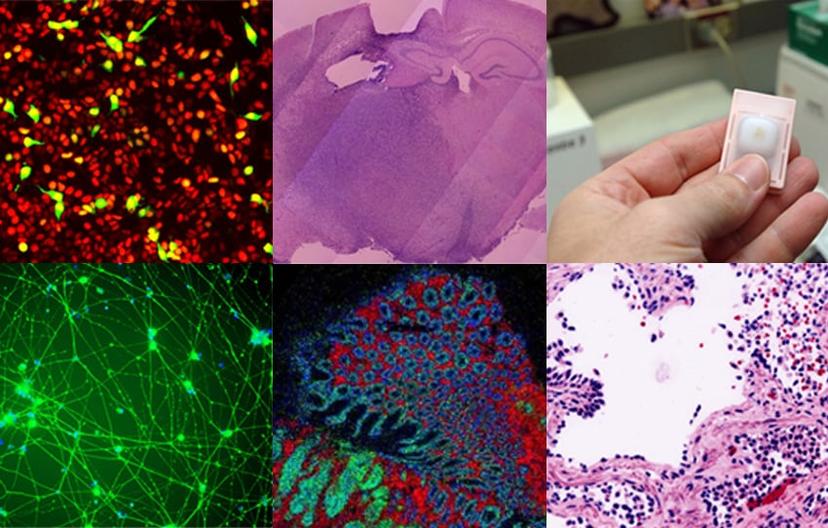
1. Researchers Deplete Cancer Stem Cells to Fight Recurring Brain Tumors
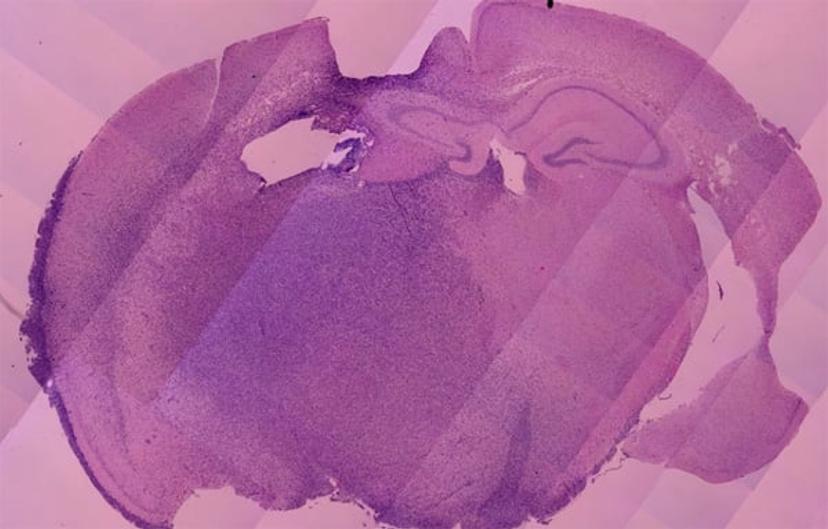
Brain cancer researcher, Dr. Raffaella Spina, explains cancer recurrence in glioblastomas and her approaches to fighting it in the laboratory. Read article >>
2. New Optical Method “Cuts” and Examines Cancer Biopsies During Surgery

Dr. J. Quincy Brown explains how optical methods examine fresh tumor biopsies to determine the tumor margins during organ removal surgery. Read article >>
3. The Mobile Laboratory: How a Scientist Tests for Infectious Diseases out of a Suitcase
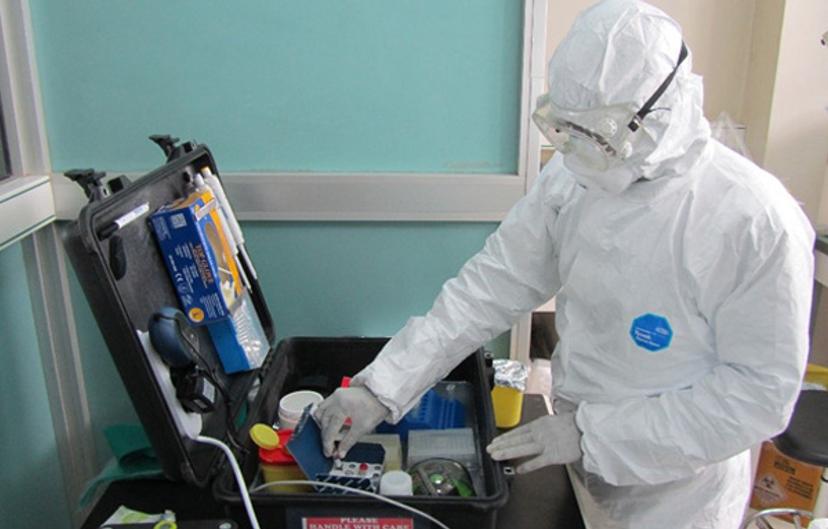
Read how Dr. Ahmed Abd El Wahed created a mobile laboratory to keep his research going even in corners of the world with poor infrastructure. Read article >>
4. iPSCs Help Decipher the Debilitating Side-Effects of Chemotherapy
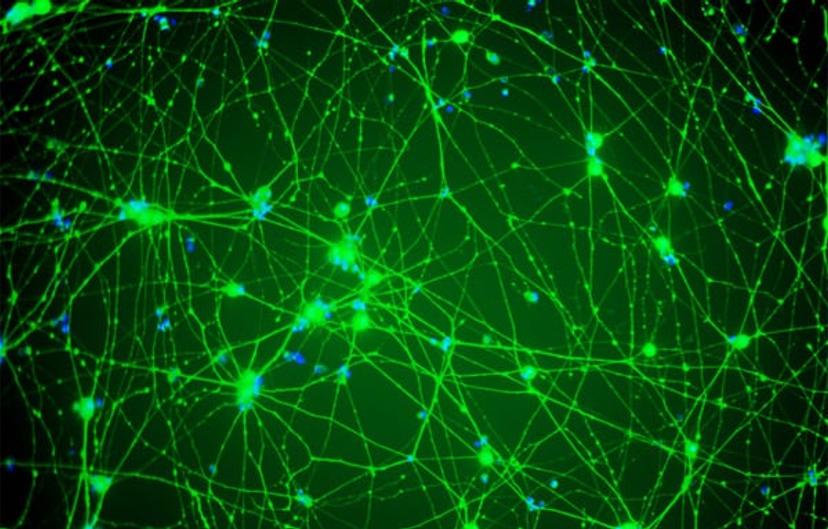
Dr. Eileen Dolan explains how she studies genetic variants that can predispose a patient to experience neuropathy after chemotherapy treatment. Read article >>
5. Science on a Ship: Diverse Microbes of the Deep, Dark Oceans

Read how Dr. Jason Sylvan samples microbes from the depths of the ocean and performs experiments on a ship. Read article >>
6. Understanding Zika Virus Infection: The Development of an Animal Model
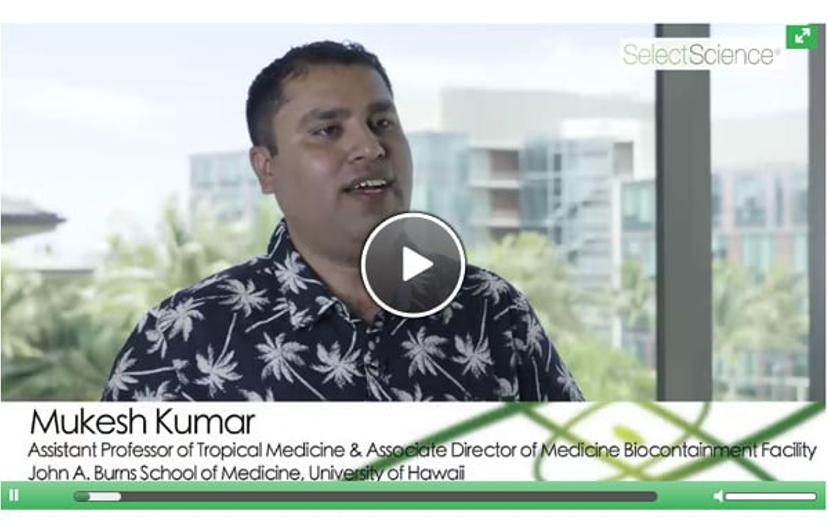
A critical step to understanding Zika virus pathogenesis is the development of an animal model. In this video, discover how Dr. Mukesh Kumar, of the University of Hawaii, developed a guinea pig model for Zika virus infection, and the role this model may play in future research. Watch video >>
7. Fluorescent Biosensors Reveal the Inner Workings of Living Cells
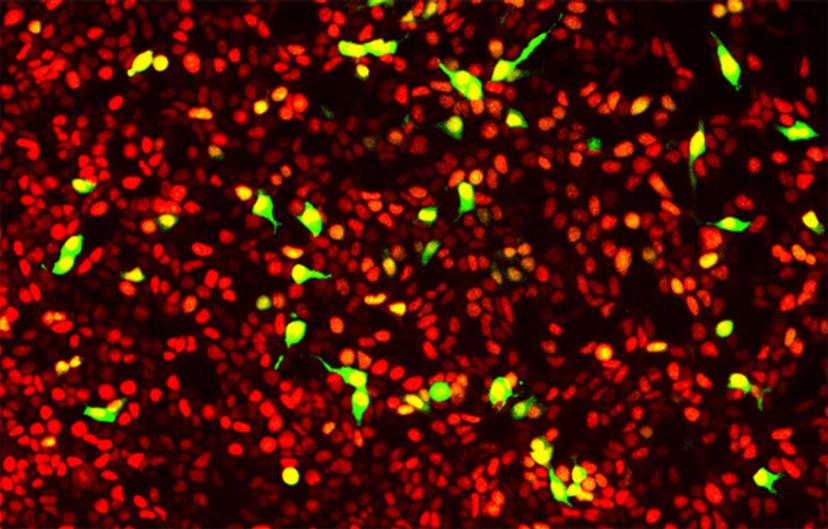
Anne Marie Quinn, founder of Montana Molecular, shares how it’s possible to measure, in real time, multiple signaling pathways inside a living cell. Read article >>
8. How Retrospective Genetic Studies at NIH Are Providing Answers for the Future of Cancer
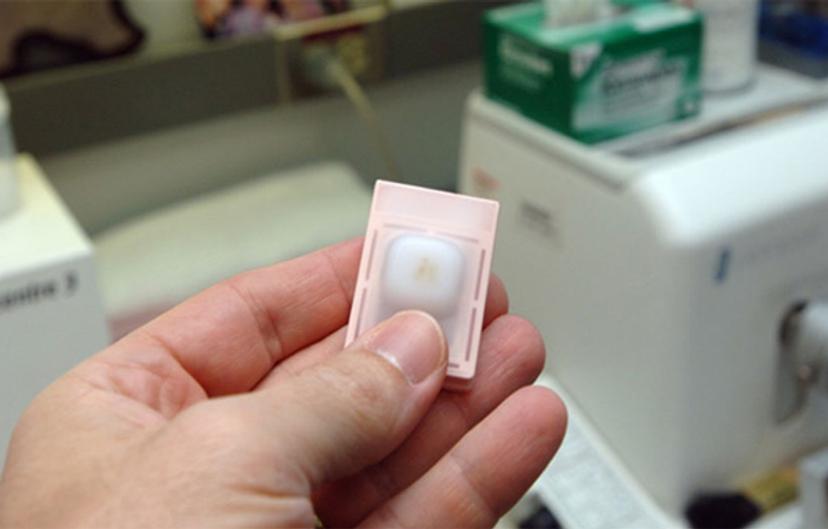
Dr. Stephen Chanock, National Cancer Institute, shares the latest cancer epidemiology studies at the NIH and the team’s hopes of being able to predict and prevent disease. Read article >>
9. A 3-Dimensional ‘Google Earth’ Style Map for Tumors
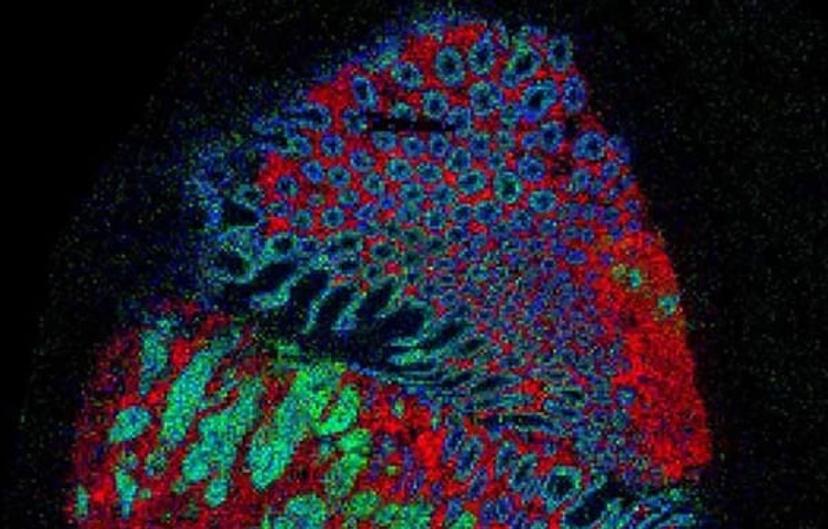
Dr. Josephine Bunch, UK Grand Challenge awardee, describes her unprecedented research into a tumor’s intricate architecture and shares her ultimate goal of mapping what’s inside a tumor. Read article >>
10. Ultra-Sensitive Digital Method Detects Rarest of Genome Mutations

Dr. Bruce Conklin, UCSF, discusses the potential of genome engineering as a therapy for genetic diseases. Read article >>
